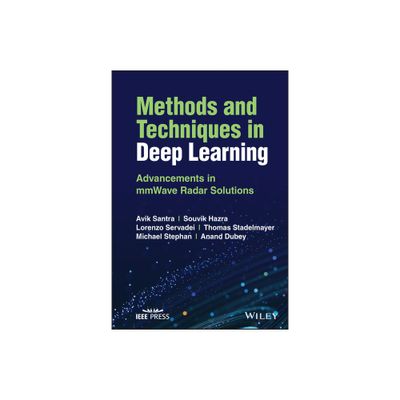Home
Search for tt?H Production the H ? bb? Decay Channel: Using Deep Learning Techniques with CMS Experiment
Loading Inventory...
Barnes and Noble
Search for tt?H Production the H ? bb? Decay Channel: Using Deep Learning Techniques with CMS Experiment
Current price: $109.99


Barnes and Noble
Search for tt?H Production the H ? bb? Decay Channel: Using Deep Learning Techniques with CMS Experiment
Current price: $109.99
Loading Inventory...
Size: Hardcover
*Product Information may vary - to confirm product availability, pricing, and additional information please contact Barnes and Noble
In 1964, a mechanism explaining the origin of particle masses was proposed by Robert Brout, François Englert, and Peter W. Higgs. 48 years later, in 2012, the so-called Higgs boson was discovered in proton-proton collisions recorded by experiments at the LHC. Since then, its ability to interact with quarks remained experimentally unconfirmed.
This book presents a search for Higgs bosons produced in association with top quarks
tt̄H
in data recorded with the CMS detector in 2016. It focuses on Higgs boson decays into bottom quarks H → bb̅ and top quark pair decays involving at least one lepton. In this analysis, a multiclass classification approach using deep learning techniques was applied for the first time. In light of the dominant background contribution from
tt̄
production, the developed method proved to achieve superior sensitivity with respect to existing techniques. In combination with searches in different decay channels, the presented work contributed to the first observations of
production and H → bb̅ decays.
This book presents a search for Higgs bosons produced in association with top quarks
tt̄H
in data recorded with the CMS detector in 2016. It focuses on Higgs boson decays into bottom quarks H → bb̅ and top quark pair decays involving at least one lepton. In this analysis, a multiclass classification approach using deep learning techniques was applied for the first time. In light of the dominant background contribution from
tt̄
production, the developed method proved to achieve superior sensitivity with respect to existing techniques. In combination with searches in different decay channels, the presented work contributed to the first observations of
production and H → bb̅ decays.


















